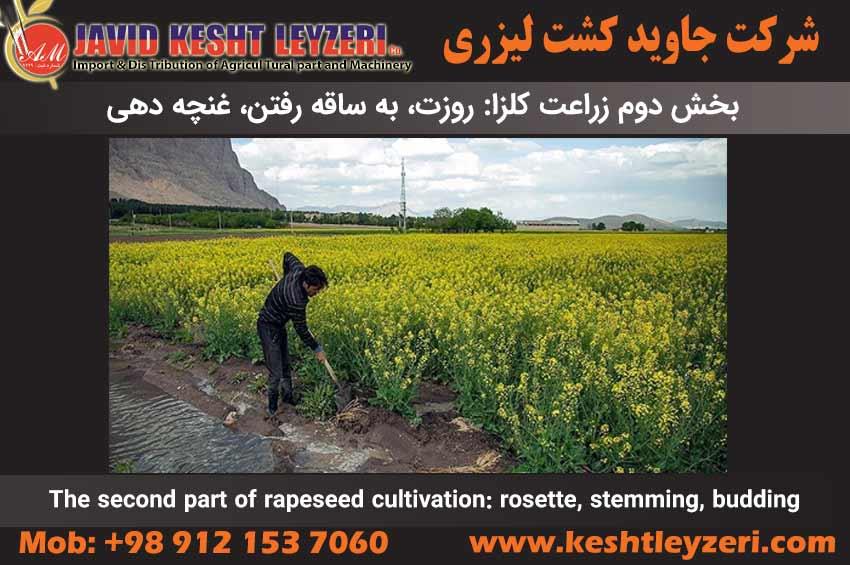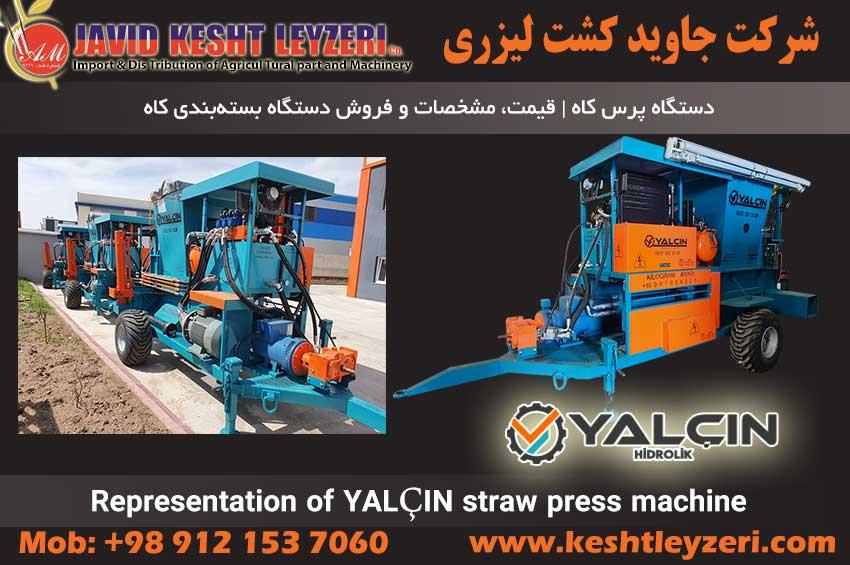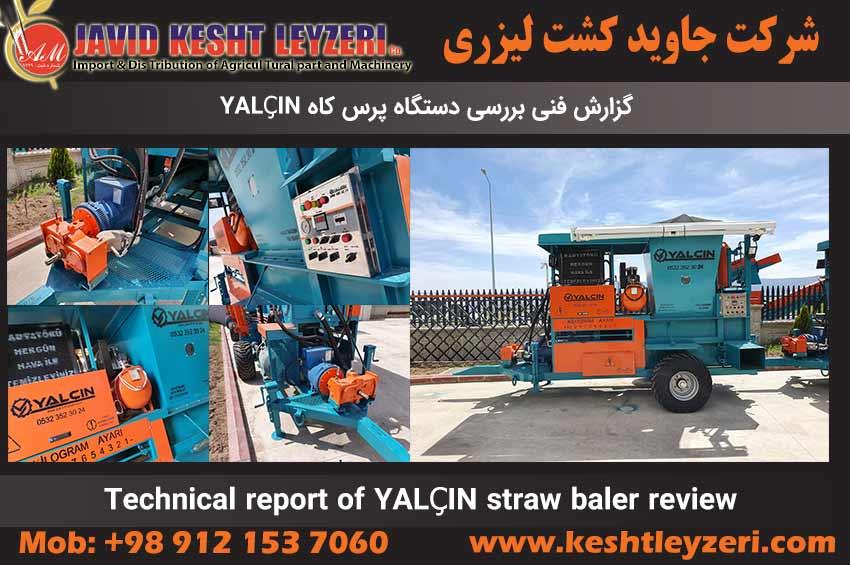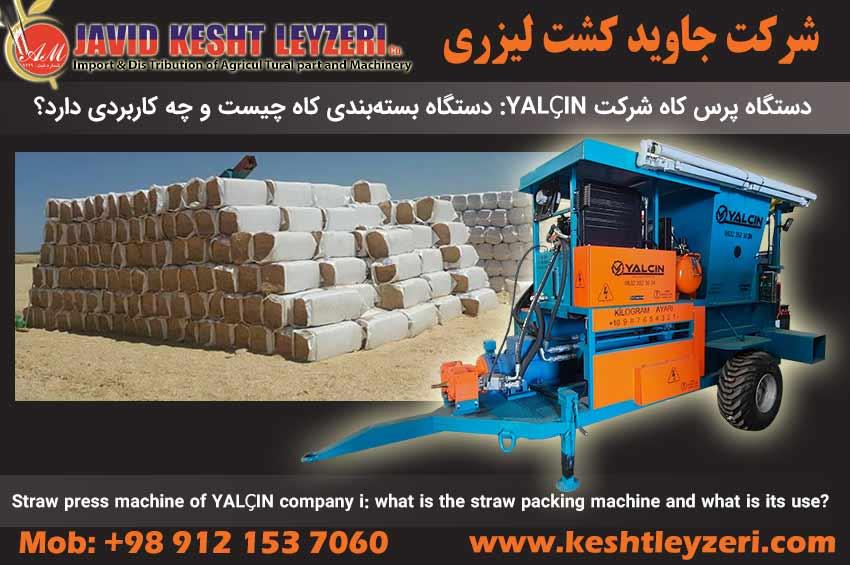
The second part of rapeseed cultivation: rosette, stemming, budding
javid keshtleyzeri Co.ltd
List of contents of this section:
- What is the rosette stage in the growth period of the rapeseed plant?
- What are the important complications in the rosette stage of canola?
- What is canola stalking?
- What is the budding stage of canola?
- What are the important complications in the rapeseed stemming stage?
In the following, the above contents will be examined.
What is the rosette stage in the growth period of the rapeseed plant?
The growth stage is a period of canola plant growth that continues until late winter. During this stage, the plant will be able to produce 6 to 8 leaves and the rapeseed roots will penetrate the soil to a depth of 15 cm. The thickness of the plant crown, which is the storage place for photosynthetic compounds and food, reaches 8 mm in this condition.
If sufficient growth is provided for the plant and full growth, the rapeseed plant will be able to withstand up to 18 degrees Celsius without snow cover. As the weather warms up in late winter, the rapeseed plant turns into a light green color by using the primary energy and materials stored in the crown of the central young leaves of the plant, and with the lengthening of the plant stem, it enters the stem stage.
Important Issues in Canola's Daylength Stage:
| Issue | Cause | Considerations |
|---|---|---|
| Reddish discoloration of leaves | - Intense and washout rainfall - Burying straw and stubble without using nitrogen fertilizer - Waterlogging and root pressure | - Inadequate nutrition, especially nitrogen, necessitates timely nitrogen fertilizer application - Cold intensifies the severity of this phenomenon. |
| Whitening of the central shoot and plant death | - Freezing | - High plant density per unit area - Delay and incomplete growth during the daylength stage |
| Darkening and drying of leaves | - Lack of rainfall during winter - Soil dryness | - In these conditions, cold damage worsens - If necessary, irrigation should be performed during warm daytime hours in winter |
Bolting in Canola:
With the gradual warming of the environment in late winter and the change in temperature, canola's renewed growth begins, and the plant emerges from the daylength stage by producing stems. The main stem of canola generates flowers and flowering branches, with the length of the stem and branching capability depending on the planting date, autumn growth, the number of leaves in the daylength stage, adherence to pest control timing, and the use of fertilizer. Essential actions in this stage include:
(a) Nitrogen Fertilizer Application:
The amount of nitrogen fertilizer at this stage, applied in late February in warm regions and late March in cold regions, is 200 kilograms per hectare of urea fertilizer. Adhering to the precise timing of nitrogen fertilizer application, simultaneous with the initial stages of bolting, plays a crucial role in canola growth and performance.
(b) Irrigation after Nitrogen Fertilizer Application:
Immediate irrigation after nitrogen fertilizer application ensures that the nitrogen fertilizer is available to the plant during the bolting stage, enhancing plant growth and fertility.
Canola Bolting Stage:
After canola enters the stem elongation phase and the appearance of buds, the bolting stage begins. Essential actions in this stage are outlined below:
(a) Nitrogen Fertilizer Application from the Second Node:
During the peak of bolting and before the opening of flowers, nitrogen fertilizer from the second node is applied at a rate of 100 kilograms per hectare of urea fertilizer. This is done to preserve and develop leaf surface and branching. Failure to apply nitrogen fertilizer at this time can lead to a shortened flowering period and the absence of a canopy in the upper part of the flowering cluster.
(b) Fourth Stage Irrigation:
Irrigation immediately after nitrogen fertilizer application ensures that the nitrogen fertilizer is available to the plant during the flowering stage.
(c) Liquid Fertilizer:
Considering the necessity of using micronutrients and meeting the plant's nutritional needs, liquid fertilizer is applied at the recommended rate indicated on the label of the liquid fertilizer container during the bolting stage.
(d) Mite Control:
Consult with experts, select suitable pesticides, and, in early spring with the emergence of buds, carry out field spraying and mite control. If there is no obstacle to the combination of insecticide with liquid fertilizer, simultaneous application can reduce production costs.
Important Issues in Canola's Stem Elongation Stage:
| Issue | Cause | Considerations |
|---|---|---|
| Reddish discoloration of leaves | - Inadequate nutrition, primarily nitrogen in the soil - Undesirable soil tilth and root development - Waterlogging and root pressure: Late application of spring nitrogen fertilizer | - Nutrient deficiency, root underdevelopment, excessive rainfall, sudden spring frost: Use liquid fertilizer and sulfur-containing compounds in spring |
| Shoot shortening | - Phosphorus deficiency, mite damage, or high weed density | - Foliar application of liquid fertilizer and checking the mite situation in the field |
| Stem bending and shape change | - Contamination of herbicide residues, wind drift of hormonal herbicides from neighboring grain fields | - Liquid herbicide application and assessing the mite situation in the field |
| Longitudinal cracks on the stem | - Frost damage, rapid growth in spring | - Monitor temperature fluctuations and protect the crop during sudden frosts |






